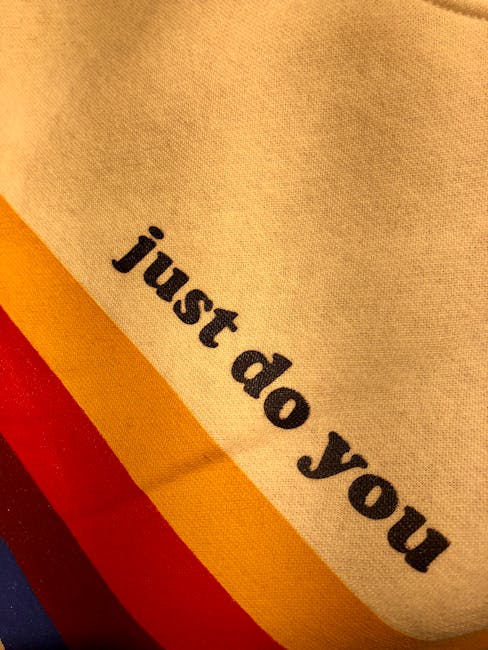For many, CSS is simply the language used to style websites. They see it as a necessary evil, a tool to make websites look presentable, nothing more. But this perspective fundamentally misunderstands the true power and potential of CSS. CSS is not just styling; it’s a sophisticated art form, capable of creating breathtakingly beautiful and functionally superb user experiences. Understanding this distinction is key to unlocking the true potential of your web designs.
This article delves deep into the artistic aspects of CSS, exploring how its nuances allow designers to craft truly immersive and engaging online environments. We’ll move beyond the basics, exploring advanced techniques and concepts that transform CSS from a simple styling language into a powerful creative medium.
The Canvas of the Web: Mastering CSS Layout and Structure
Before we discuss aesthetics, let’s talk about the foundation – layout and structure. CSS Grid and Flexbox are not just tools for arranging elements; they’re the sculptor’s chisel, shaping the digital form. Mastering these techniques allows you to create dynamic and responsive layouts that adapt seamlessly to any screen size, creating a consistent and pleasant user journey regardless of the device. This is crucial for modern web design, ensuring accessibility and optimal user experience across all platforms. Understanding the intricacies of these layout systems is foundational to creating sophisticated and visually appealing websites. Think of it as understanding perspective and composition in painting—essential for creating depth and visual interest.
The Palette of Color and Typography: Expressing Visual Identity
Color theory plays a pivotal role in effective web design. CSS provides the tools to manipulate color, not just through hex codes and RGB values, but also through advanced techniques like gradients, filters, and blend modes. These tools are not just for creating eye-catching visuals; they are powerful tools for establishing brand identity, conveying emotions, and guiding the user’s attention. Similarly, typography—the art of arranging type—is crucial for readability and aesthetic appeal. CSS allows for precise control over font selection, size, weight, spacing, and more, giving designers the ability to craft a visually harmonious and easily readable experience. Consider how a painter chooses colors to evoke a mood – CSS allows for the same level of artistic expression.
Animation and Transitions: Bringing Web Designs to Life
Static websites are a thing of the past. Modern web design demands dynamism and interactivity. CSS animations and transitions bring websites to life, creating engaging user experiences that capture and retain attention. These features are not merely decorative; they enhance usability, provide visual feedback, and create a more intuitive and enjoyable interaction for the user. Mastering CSS animations requires a deep understanding of timing, pacing, and visual storytelling. It’s about choreography—orchestrating the movement of elements to create a seamless and captivating experience.
Beyond the Basics: Advanced CSS Techniques for Artistic Expression
Once you’ve grasped the fundamentals, the world of advanced CSS techniques opens up. This includes:
CSS Variables: For efficient theme management and consistent branding.
CSS Preprocessors (Sass, Less): For organizing and streamlining your CSS code, enhancing maintainability and scalability.
Responsive Design Techniques: Ensuring your design looks great on any device.
Custom Properties and Variables: Creating reusable and customizable styles.
CSS Modules: Improving code organization and preventing naming conflicts.
These are not simply technical enhancements; they are tools that empower the designer to express their creativity more effectively, leading to more sophisticated and elegant web designs.
Conclusion: Embrace the Art of CSS
CSS is much more than a styling language; it’s a creative medium, a tool for artistic expression in the digital realm. By mastering its techniques and embracing its potential, you can create websites that are not only functional and user-friendly but also beautiful, engaging, and truly memorable. The journey from basic styling to artistic mastery is a continuous process of learning, experimentation, and creative exploration. So, embrace the art of CSS and unlock its full potential.


